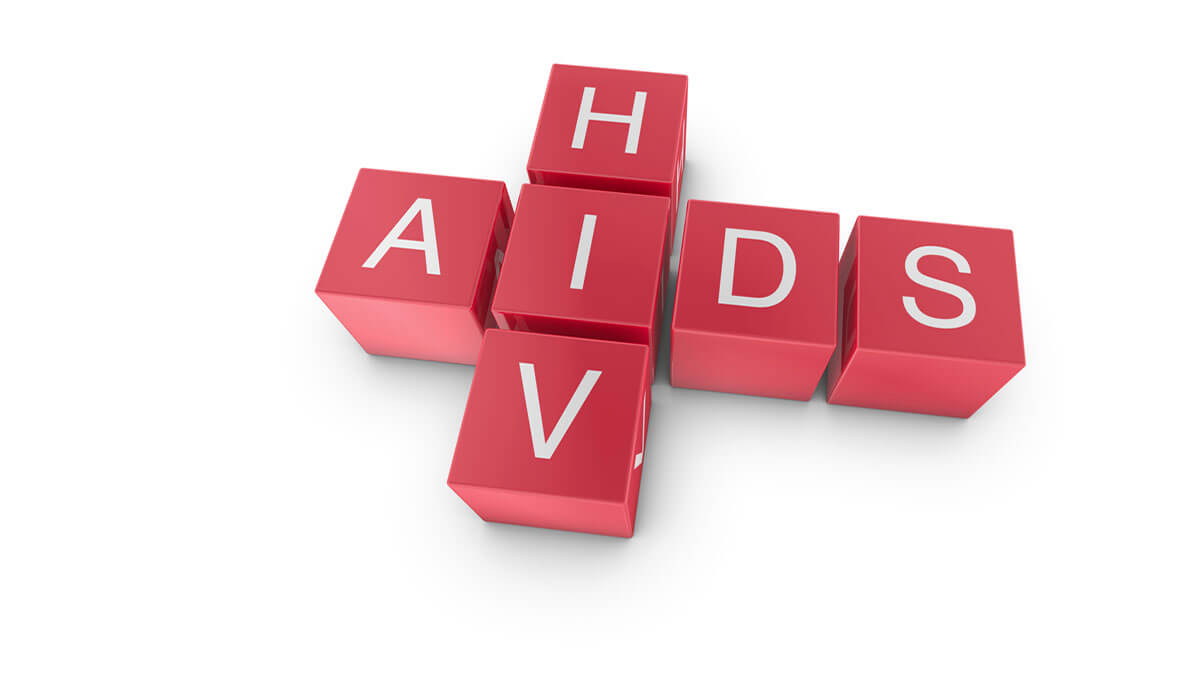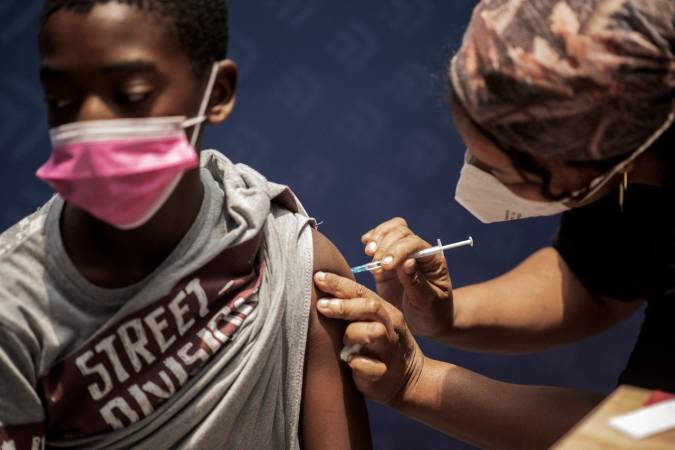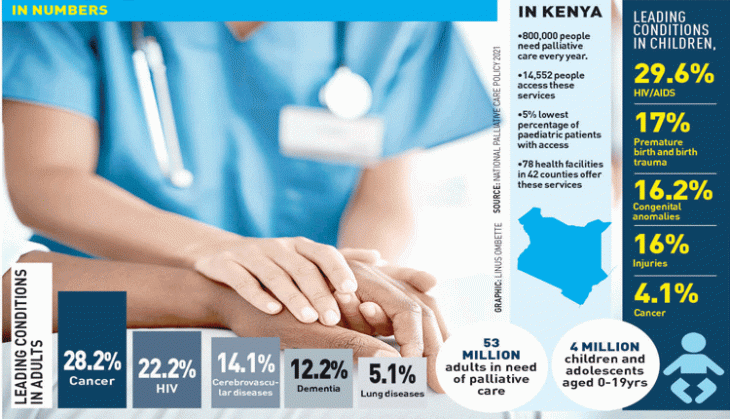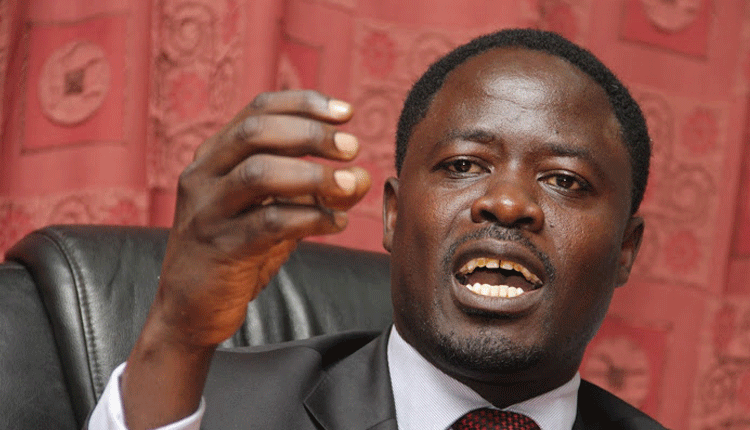Aids: Rights-based healthcare crucial

Global citizens yesterday marked World Aids Day. The World Health Organisation used the occasion to call on leaders and citizens to champion the fundamental right to health. This is in line with efforts to end Aids by 2030.
This year’s theme, ‘Take the Right Path: My Health, My Right!’ was a rallying cry for accessible, rights-based healthcare that empowers those infected with HIV to live vibrant and fulfilling lives.
According to the WHO, a rights-based approach is not just a strategy; it is a commitment to uphold the dignity, health and autonomy of every individual, especially those with vulnerabilities are most at-risk. The UN agency cited stigma and discrimination as formidable barriers to prevention, treatment, and care.
Marginalised populations continue to bear the brunt of this epidemic, facing disproportionate impacts due to stigma, discrimination, and in some cases, criminalisation.
HIV rates are particularly high among key populations such as men who have sex with men, sex workers, people who inject drugs, trans and gender diverse individuals, and prisoners
Some 39.9 million people globally live with HIV, and 1.3 million new infections were reported in 2023 – far exceeding the 2025 target of fewer than 370,000.
Closer home, Kenya lost 2,607 children below the age of 14 to Aids last year, according to the National Syndemic Diseases Control Council. Most of the cases resulted from mother-to-child transmissions.
The report also shows there were 3,743 new HIV infections among children below four years in the same period.
An estimated 1,411 of the new infections, about 37.7 percent, occur because of mothers failing to take antiretroviral therapy.
By every measure, Kenya is losing too many young lives to HIV. That is why we support calls by stakeholders in the health sector to ensure more protection of HIV patients in the new health insurance scheme, SHIF.
And as the WHO points out, technological advancement, innovative solutions such as mobile health apps, online counselling, telemedicine, and virtual support groups offer promising avenues to reach young people and key populations with essential HIV care.















